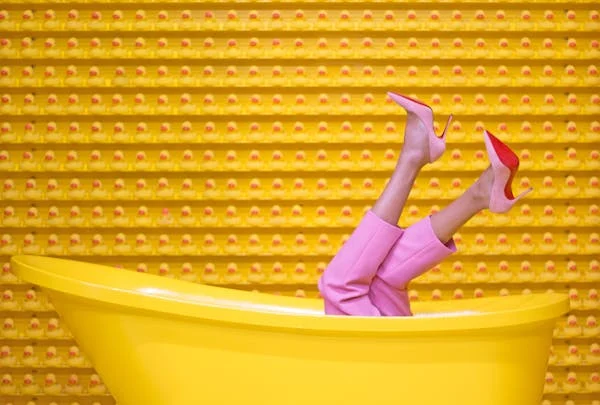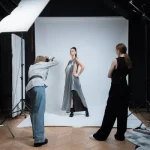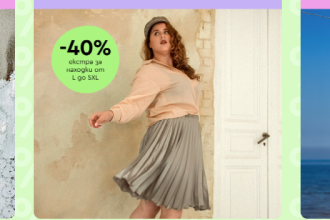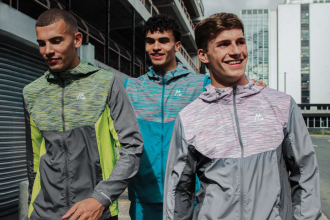High fashion, with all its bold silhouettes, experimental fabrics, and dramatic flair, often feels like it belongs to another world—one that floats above the practical concerns of daily dressing. The runways of Paris, Milan, New York, and London present looks that are artistic, theatrical, and, at times, wildly unwearable. Yet, those collections are more than just spectacle. They’re the starting point of trends, the birthplaces of ideas that will trickle down into wardrobes around the world.
Translating runway fashion into everyday outfits isn’t about imitation—it’s about interpretation. It’s about recognizing the core idea behind a look and adjusting it to fit your life, your style, and your reality. Here’s how high fashion can find its place in the everyday, without feeling forced or out of place.
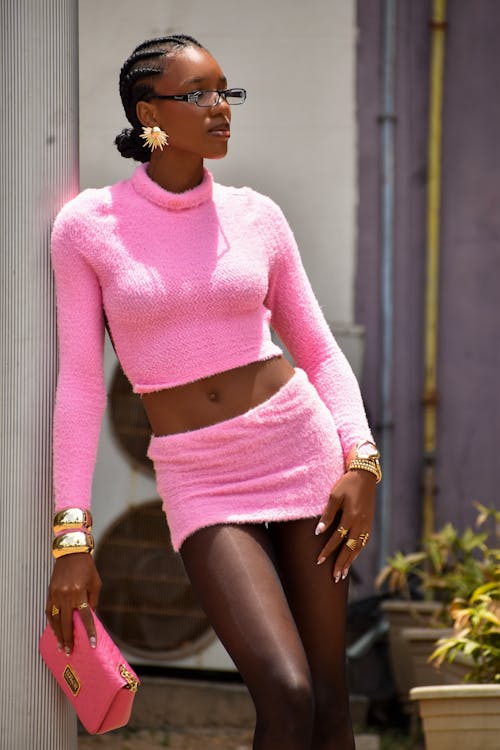
Understanding the Message Behind the Look
Every collection tells a story. Designers are not simply putting clothes on a model—they’re communicating mood, emotion, and cultural commentary. A sculptural coat might speak to power dressing. An oversized suit might reflect changing ideas around gender. A cascade of ruffles may be a reaction to minimalism fatigue.
The first step in adapting runway style is identifying the message. Is it about bold color? Structure? Softness? Nostalgia? Once you know what the look is saying, you can decide how to bring that essence into your own wardrobe in a more grounded way.
Color and Print: Bold Choices, Scaled Down

Runway shows often use color in exaggerated ways. Head-to-toe neons, clashing prints, or unexpected pairings dominate the catwalk. Wearing these combinations on the street might feel over-the-top—but that doesn’t mean they can’t be softened.
Instead of neon pants and a blazer, try a single fluorescent accessory like a handbag or pair of heels. If a collection is filled with abstract florals, consider a printed blouse under a neutral jacket. Use the energy of the runway, not the exact formula.
Color is one of the easiest elements to borrow because it can be dialed up or down without altering the cut or structure of an outfit. Start with a palette you’re comfortable with, then layer in a brighter piece inspired by what you’ve seen from current collections.
Shape and Silhouette: Adjusting Proportion
Dramatic silhouettes—like floor-length coats, balloon sleeves, or sharply tailored shoulders—are runway staples. They photograph well and convey power or softness with precision. But wearing a voluminous ruffled gown to lunch isn’t exactly practical.
To translate shape into real life, focus on one exaggerated element at a time. If a designer showcases oversized trousers, pair them with a simple, fitted top. If a show centers around exaggerated shoulders, try a blazer with a structured cut but wear it with straight jeans or a midi skirt.
Balance is key. Runway looks often play with extremes, but daily wear thrives on harmony. Taking one bold piece and anchoring it with classics creates a look that nods to high fashion without feeling like costume.

Fabric and Texture: Bringing Luxury to the Everyday
High fashion frequently features rich, unusual materials—silks, metallics, latex, or hand-embroidered details. While full evening gowns made of these fabrics might not suit a morning commute, incorporating texture in smaller doses adds depth to your wardrobe.
A satin blouse under a knit sweater, a velvet bag paired with jeans, or metallic shoes worn with a simple black outfit can reflect the richness seen on runways. It’s not about dressing up, but about adding subtle detail that makes everyday clothing feel more considered.
Even layering two unexpected fabrics—like tweed with leather—can bring a sense of intention borrowed from high fashion styling.
Accessories: The Easiest Entry Point
Often, the simplest way to integrate high fashion into real life is through accessories. A sculptural earring, a structured bag, or bold sunglasses can shift the tone of even the most casual outfit. Designers often use accessories to reinforce the personality of a look, and the same can be done off the runway.
Chunky belts, statement necklaces, or embellished shoes offer a nod to the season’s biggest trends without overwhelming your look or feeling out of place. And unlike clothing, they rarely require tailoring or a change in your daily routine to wear comfortably.
Street Style: The Middle Ground
One of the best bridges between runway and reality is street style. Influencers, stylists, editors, and fashion fans attending shows often wear designer pieces in more accessible ways. Their outfits blend high and low, mixing luxury with practicality.
Pay attention to how someone might pair a bold skirt with a plain white tee, or wear sneakers with a tailored suit. These outfits provide real-world examples of how fashion ideas are being interpreted beyond the runway.
Street style often captures the spirit of a collection without the full drama, making it a great reference point for styling inspiration.
Investing in Key Pieces
Every season has a few standout items that transition from runway to mainstream: a trench with an unusual cut, a dramatic blouse, a new take on suiting. When considering a purchase, think long-term. Will this piece add something fresh to your wardrobe, and can you wear it in at least three different ways?
It’s better to invest in one thoughtfully chosen item that channels the season’s feel than to buy multiple cheaper trend pieces that don’t last. These high-impact garments become the centerpiece of many looks and often spark compliments and conversation.
Making It Your Own
Perhaps the most important part of bringing high fashion into everyday life is making it personal. Fashion isn’t meant to be worn the same way by everyone. The runway is a starting point, but your interpretation is where the style becomes real.
Don’t be afraid to play. Try on a silhouette that’s new to you. Mix high with low. Rewear something in a different context. That’s where fashion lives—not just in magazines or shows, but in the choices made in front of your closet each morning.
In the End, It’s About Expression
High fashion and daily life might seem like different worlds, but they share a common purpose: expression. Whether you’re stepping out in head-to-toe designer or just adding a trend-driven scarf to a classic coat, it’s the way you wear it that counts.
When adapted with thought and confidence, runway ideas don’t just stay on stage—they walk into coffee shops, offices, and sidewalks, turning everyday clothing into something a little more intentional, a little more artful, and a lot more personal.
